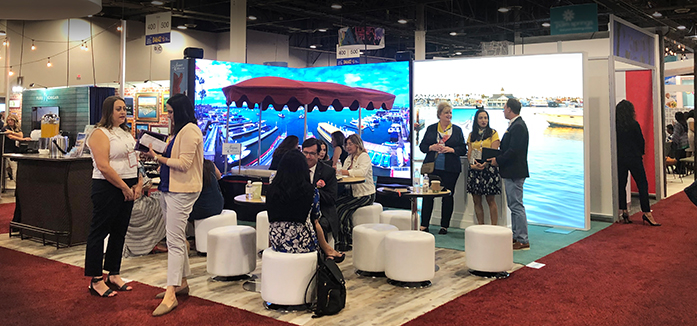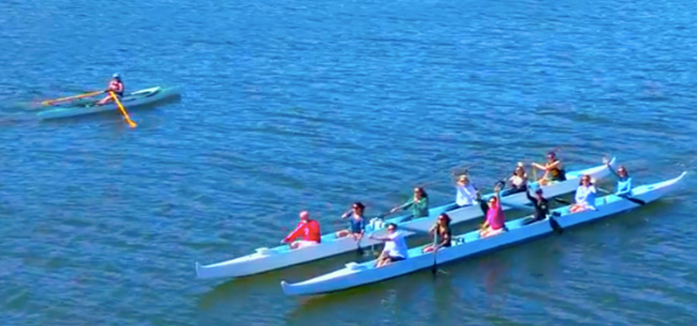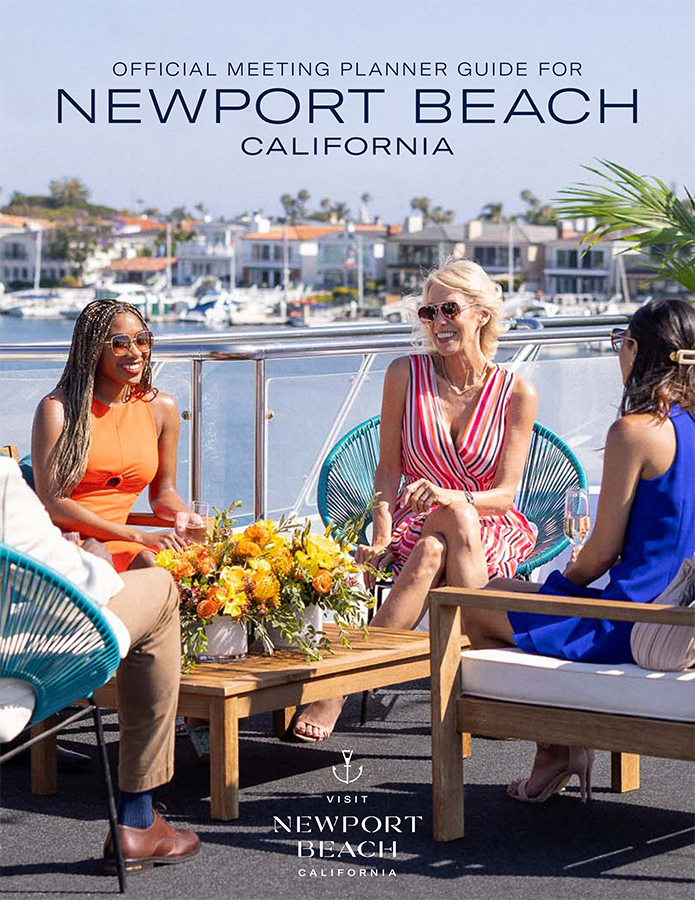Keys to Destination Selection for Group Meetings and Events

Finding the ideal destination for your next group program can be both an enjoyable experience as well as a challenging one. The destination can set the tone for the entire program. It plays a significant role in the success of a meeting or conference and can lead to memorable and lasting experiences. Choosing an ideal location requires due diligence and can be quite time consuming. To help meeting planners with the process, we’ve outlined a several keys to destination selection for group meetings and events.
Key influencers to destination selection
Intention – What are the program objectives? What is the budget? What do your attendees desire to get out of the meeting experience? Do you need a destination that offers plenty of options for group experiences? Or do you need a destination that offers unique activities and unusual venues? Is the ambiance just as important as the amenities? Are you looking for a destination that is easily accessible from national as well as international cities? The answers to these questions will narrow the field of ideal destinations for your group.
Infrastructure – There are plenty of factors that come into play when choosing a hotel. What is the hotel proximity in relation to the airport? Are there off-site venues nearby that can accommodate your entire group? Are there venues that incorporate the destination’s history and vibe? Understanding the meeting parameters as well as the attendee profile will help in both the destination and the hotel selection process.
Group History – Knowing the past history such as attendee turnout, registration numbers, total rooms booked, meeting content, what worked, what didn’t and why will go a long way in securing the perfect destination for your group. Hotels will often look at a group’s track record, including the frequency of meetings held when contracting space. Knowing your group’s history will help build credibility with hotel properties and can be useful in negotiating rates.
Appeal – Some destinations, just by the nature of their location, will be more appealing than others. The top factors typically include cost, logistics and infrastructure. Thinking outside of the box can go a long way in developing a brilliant meeting. For example, rather than considering off-site venues only for evening events, start thinking of holding your daytime seminars or meetings at off-site properties! Try holding a meeting aboard a luxury yacht or at a local historical theater, where the unique space can quickly become the most appealing aspect of the meeting. When conducting research on a destination, it’s wise to involve the DMO or CVB as they have local knowledge and can provide “out of the box” resources to help stretch the meeting budget.
Adding the local vibe into destination selection
Local Flavor – From cultural fare to local delicacies you won’t find anywhere else, food can often be one of the best ways to get to know a new area. Destinations that appeal to a wide range of palettes are the ones that continue to push the limits, changing their menus and adding new restaurants keeping their food scene fresh and interesting. Newport Beach is one such place, thanks to a number of celebrity chefs and acclaimed restaurants.
Local Activities – Incorporating local activities are a great way to capture the essence of an area. Look for activities that are indicative of the specific destination and that can appeal to a wide range of individuals. For example, cooking classes that incorporate foods innate to the area. Outdoor yoga or meditative sessions surrounded by the area’s inherent beauty. Think in terms of activities that play off the natural environment such as hiking, biking, paddleboarding.
When you’re ready to begin organizing your next group program, contact the staff at Visit Newport Beach, the destination marketing organization for Newport Beach, CA. Visit Newport Beach opens the doors to this Pacific paradise with destination expertise, customized site visits, strong partnerships with valuable resources.









